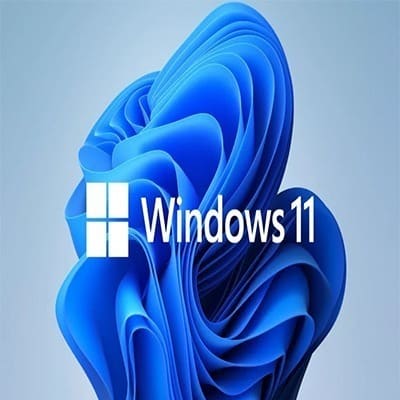
Now that Microsoft’s newest operating system is available, you may be asking what the Windows 11 prerequisites are before downloading the free update. Because it is so new, not every Windows laptop or PC will satisfy the basic requirements to benefit from what the OS has to offer.
Some of the requirements are out of the ordinary. Now that security is a priority, uncommon hardware such as a TPM 2.0 (Trusted Platform Module) is required to make the new operating system the most secure Microsoft has ever produced. This will be problematic for many individuals trying to upgrade because they may not have the necessary hardware, even if they have a relatively recent laptop or strong gaming PC.
However, there is no need to hurry out and buy a gadget merely to have Windows 11 pre-installed. Because Windows 10 will be maintained until 2025. However, there are a few things you can do to prepare your present system to make the switch to the new OS as quickly as possible.
System requirements for Windows 11
If you go to the Microsoft page for Windows 11, you’ll notice a section for the PC Health Check App. It is at the bottom of the page. While its first release generated some misunderstanding (by claiming that modern, powerful PCs and laptops will be unable to operate the future OS without explaining why), this has already been rectified.
Run the downloaded file and follow the onscreen instructions to begin the installation process.
Use the application to view the “PC health at a glance” screen once the installation is complete.
Under the Introducing Windows 11 section, select the Check Now option.
You’ll get one of two messages when the procedure is complete: “This PC can run Windows 11” or “This PC cannot run Windows 11.”
There are a few more concerns we’ll go over later, but this is the simplest method to see if your PC or laptop is ready for Windows 11.
If you want a complete list of what components your device will require, here is the complete list of minimum system requirements you must fulfill to be eligible for the free Windows 11 upgrade:
- 64-bit processor (a full list of compatible CPUs can be found on the Microsoft Blog)
- 1Ghz clock speed
- 4GB of RAM
- 64GB drive
- UEFI, Secure Boot capable
- TPM 2.0 (Trusted Platform Module)
- A display larger than 9-inches with HD Resolution (1366×768)
- DirectX 12 compatible graphics / WDDM 2.x
- Internet connection
With one exception: the TPM 2.0 module took many users off a surprise. It caused many otherwise eligible devices to be excluded from the upgrade. It results in a sudden spike in TPM module costs as customers hurried to get one put into their PCs.
The Trusted Platform Module is a tiny security coprocessor that increases your PC’s anti-tampering defenses. If you’ve never heard of it, you’re not alone; nevertheless, your device may already have a TPM 2.0 module installed that needs to be enabled.
So, before you run out and put one in your shopping basket, think about the following:
- Press Windows key + R
- When the box appears, type tpm.msc to open the Trusted Platform Module Management window
- Look for a sub-window titled TPM Manufacturer Information and check under Specification Version to see what TPM version your device has
What if my system isn’t up to the task?
According to a LanSweeper Windows 11 Readiness Audit, over 55 percent of corporate systems do not use a supported CPU to run the OS. An additional 19 percent of laptops and PCs tested failed to fulfill the TPM 2.0 criteria. So you’re not alone if Microsoft refuses to upgrade your device.
While Microsoft has maintained that the prerequisites for Windows 11 are in place for security reasons, many of us will naturally be unhappy that Microsoft is unlikely to modify its stance on the topic.
You risk losing all future support and updates if you try to install Windows 11 on a device that does not satisfy the system requirements. However, if you try to force an installation, you may receive a pop-up box asking you to sign a disclaimer. Indicating that your manufacturer’s warranty will not cover any damages to your PC caused by incompatibility.
However, if you’re willing to be a bit wicked, not all hope is lost. To avoid the TPM 2.0 requirement, download a GitHub project. GitHub project includes a script named ‘Skip TPM Check on Dynamic Update. cmd’. It instructs Windows 11 to overlook an inadequate TPM module (or a lack of one entirely).
This script not only removes the TPM 2.0 constraint but also allows the Windows 11 installation to disregard other difficulties that do not satisfy the system requirements, such as adequate storage space.
We are not advocating for you to do so. These prerequisites have been put in place for a purpose. Disregarding them may result in an unstable version of the new OS. It is likely why the waiver exists. Ignoring Microsoft’s limitations may void your warranty. It will leave you with a useless device in the worst-case scenario. So try to avoid the stringent system requirements at your peril.
Don’t worry if you don’t want to breach any rules. Windows 11 PCs and laptops will be available in the coming months. If you have the cash and need an update, you may enjoy the best of both worlds by ensuring your next purchase includes the new operating system installed.
